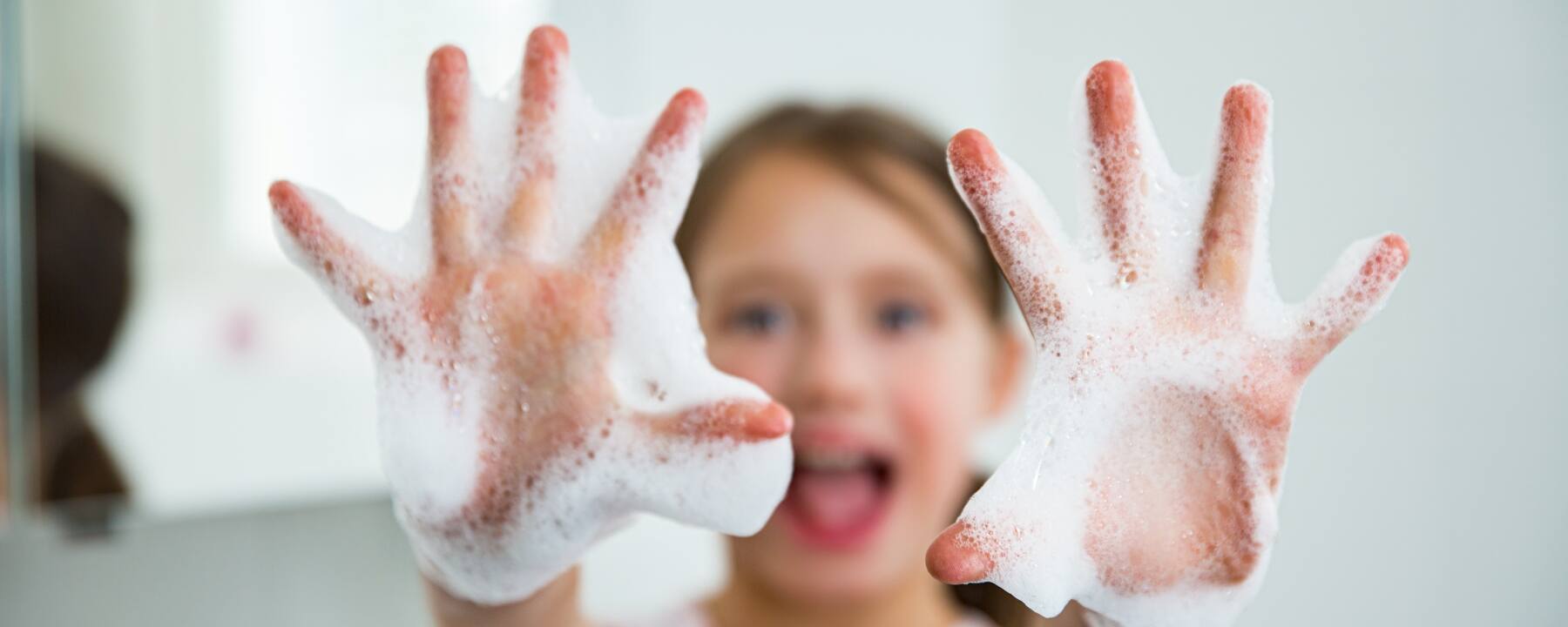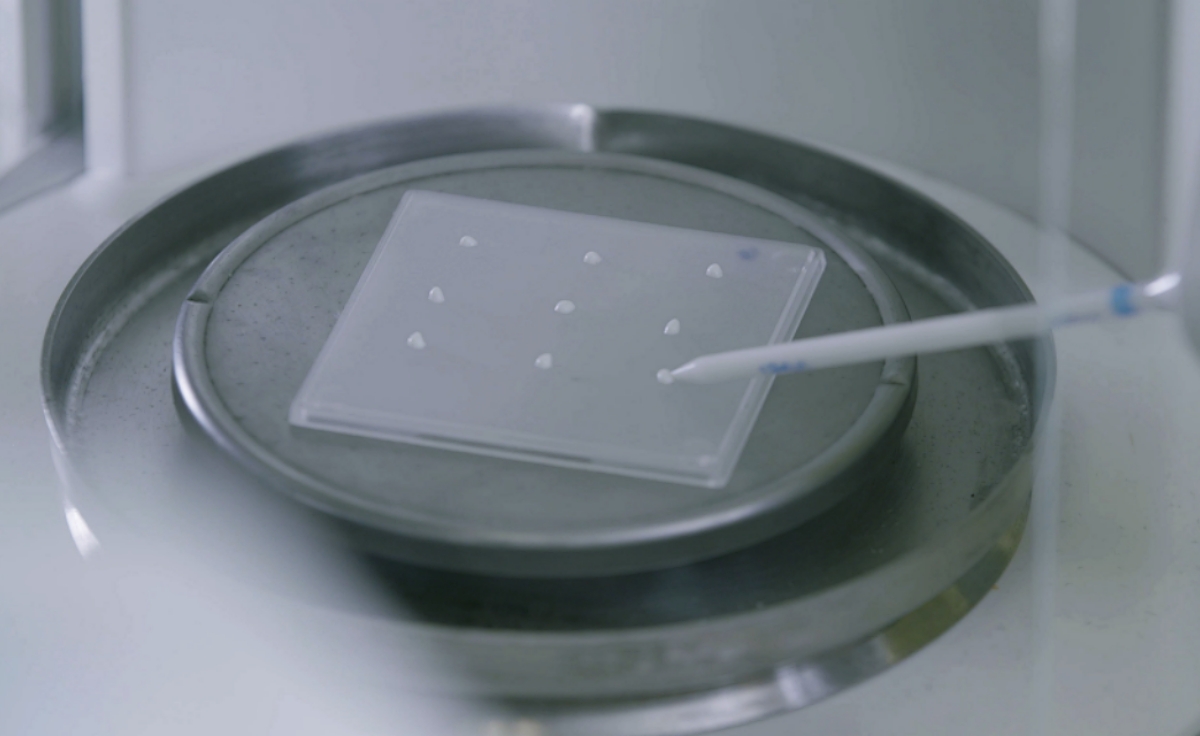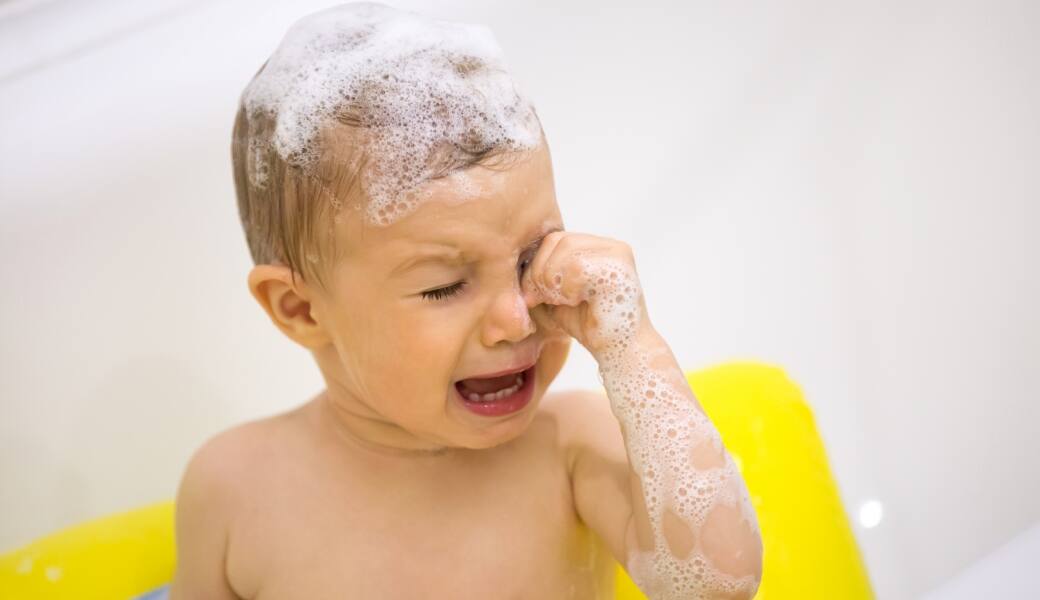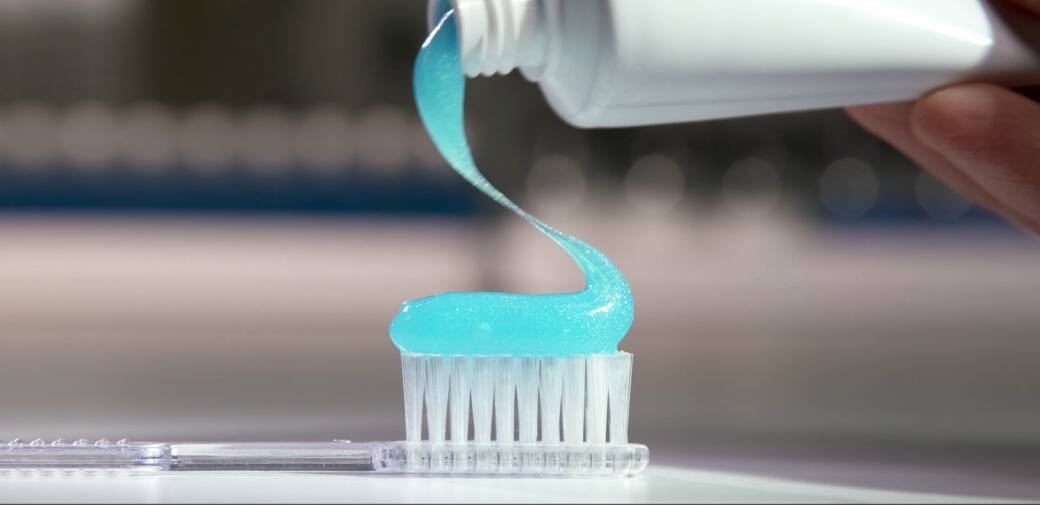
The world of sulfates
Sulfates and health: Is there a problem?
When we read about sulfate surfactants, we often read that using products with sulfates is harmful to your health. Is this true?
Are sulphates too "harsh" for the hair? This question is circulating in many blogs and forums. Some reports about sodium lauryl sulfate (SLS) say it can trigger skin and scalp irritation. That’s why it doesn't have a great reputation. If you consider SLS on its own, use it in high concentrations and for long periods of time, it is quite possible that such irritations may occur. Indeed, within the group of sulfate surfactants, sodium lauryl sulfate has a relatively high potential to be an irritant. However, this potential can be reduced by adjusting its chemical structure. SLES has a significantly lower potential to be an irritant, for example. Co-surfactants, dilution with water and a suitable pH value ensure the necessary mildness and reduce the overall potential for irritation.
Defending consumer safety?
The statements and results of various tests refer to SLS on its own, i.e. tested in its pure form. This is not realistic, as no one smears pure SLS on their head or in their eyes. But we do want to know what an ingredient or product could do if it was released on humanity in its pure form. So-called patch tests have established themselves in science and industry as a means of comparing and classifying the skin irritation potential of different substances.
A product is applied, either diluted or undiluted to a specific area of skin, depending on the type of application and left there for hours or days. This is similar to the allergy tests your GP may carry out. Depending on the observed reaction, such as skin redness, the potential for irritation of the substance for an application (e.g. a rinse) is evaluated. Taking SLS as an example: it is irritating to skin at or above a certain concentration, so formulators of personal care products make sure to incorporate less.
Put through their paces
Testing methods for cosmetic ingredients. Active ingredients have been scientifically tested for their efficacy before the product landed on the store shelf.
More informationEveryone needs to be aware that testing a pure substance can lead to different results than that of a diluted substance, e.g. a bubble bath in a full bathtub. This is an important aspect that needs to be considered when setting up or interpreting a test.
The cleansing products that are rinsed off, such as shampoo and shower gel, only remain on the body for a very short time and are also rinsed off with diluting water. There are no lengthy contact periods. Nevertheless, this kind of test approach is useful in order to obtain initial assessments of potentially irritating substances, or to compare the properties of different substances. We do want to know what an ingredient or product could do if it was released on humanity in its pure form. We want to be aware of its potential risks. That’s why these tests are done.
Topic: Irritation
There are other tests that can be conducted, too. For example, there are tests using skin or eye models and application tests. It is important that the test is suitable so that relevant conclusions are drawn. As in this case regarding potential skin irritation. The interaction of SLS or other sulfate surfactants with other ingredients is just as important. Skin and hair also have an impact. Manufacturers and formulators pay close attention to these impacts, enabling them to turn a harsh SLS into a mild yet foaming cleansing solution for cosmetic products.
To reiterate it clearly: yes, SLS itself is a skin irritant, while a shampoo with SLS that is formulated correctly and rinsed off after use is not. It is not putting consumer safety at risk.
When we start talking about irritation, it is not long before we consider our eyes. Here, it is worth taking a look back at the early days of liquid hair shampoo. There is no doubt that there were red eyes and tears in those times. Today, shampoo formulations are different, much milder and less irritating to the skin.
Based on our knowledge, sulfates can be used in mild baby shampoos without making the little ones cry. There is no scientific evidence to support reports of serious eye damage from using a shampoo.
People are different
Sulfate surfactants could cause eye damage in high concentrations, but not as they are found in shampoos and similar products available in supermarkets or drugstores.
Of course, intolerances still exist. No two people are the same. Allergies and general health issues can lead to problems that should not really exist. Let's take a small detour into the world of food at this point. Apples, nuts, spices, milk, fish – most of us love these things and enjoy eating them. However, if you are someone who suffers from food allergies, you will want to steer clear of these items. And you can.
The most serious claims that sulfate surfactants must refute are that they are toxic, endocrine disruptors and carcinogenic.
They supposedly accumulate in the body and cause severe organ damage. This claim is not supported by any serious study. When we use a product such as a shower gel or shampoo on the skin, the likelihood of sulfate surfactants getting into our body is very low. Penetration through skin contact is negligible.
Considered safe to use
Sulfate surfactants can indeed enter the body orally, e.g. from toothpaste, but only in harmless quantities. The trace amounts of sulfate surfactants that we may absorb orally do not accumulate in the body and organs. They are rapidly broken down into other molecules and excreted.
The Cosmetic Ingredient Review (CIR) Expert Panel has concluded that their use, in the way they are usually present in cosmetic products, can be considered safe. LINK: In addition, the International Agency for Cancer Research (IARC – link to IARC) does not classify sulfate surfactants as carcinogens. These claims arise from misinterpretations of scientific studies. In some cancer studies, SLS was used as a carrier substance or as a solvent for another substance under evaluation. SLS was not itself considered or investigated as a potential cause of cancer.
Although we have already mentioned it elsewhere, it is worth repeating: in some cosmetic products, you may indeed find an ingredient that you would have regarded as flammable or hazardous. All such substances are included in products in quantities and at levels that do not pose any risk to health. This is controlled and regulated by law. Sulfate surfactants have been used safely in cosmetics for over 80 years. They have proven their value, and that they are safe. Let them foam and clean. Sulfate surfactants do these things really well.



